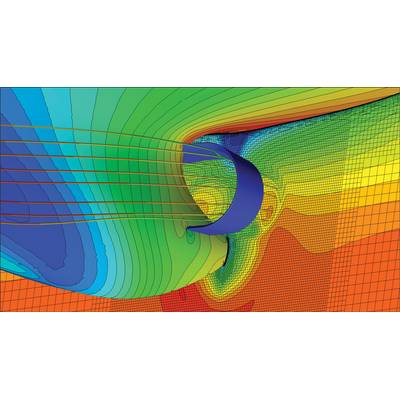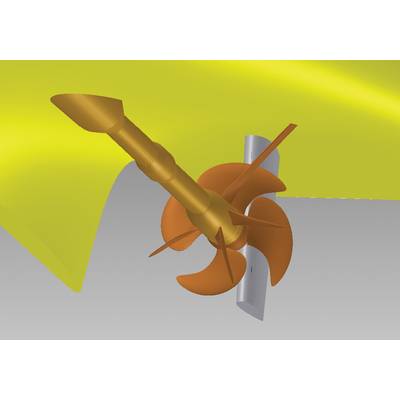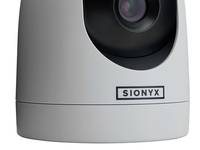Eye on Desgin: Improved Propulsion
MARIN seeks to Spearhead Propulsion Improvements
Fuel saving and emission reduction are motivating factors in the drive to improve marine propulsor technology and in the renewed interest in special devices that improve propulsion. Together with the industry, MARIN is actively investigating their working principles and the critical design aspects, using modern design and analysis tools.
Fuel efficiency and reduction of CO2 emissions are expected to have a strong influence on the design and operation of ships. With the arrival of the Energy Efficiency Design Index (EEDI) in 2013, attention is even more focused on the hydrodynamic design of hulls, appendages and propellers.
The optimisation of hull shapes, propulsor efficiency and the exploration of Energy Saving Devices (ESDs) have been a major activity of MARIN for many years. In the past, many hydrodynamic devices were developed based on model testing and optimisation “by trial and error.” As well as mechanical failure, the acceptance of ESDs has occasionally been held back by unexpected correlations that were attributed to scale effects in the model experiments, whilst natural variations during full-scale trials hampered an accurate verification. Uncertainty remained on the working principles of many ESDs and thereby on their potential merits. MARIN is exploring ESDs again but now designing and testing are supported by the powerful capabilities of Computational Fluid Dynamics (CFD) and more advanced experimental validation techniques such as Particle Image Velocimetry (PIV).
Pre-swirl stators
Fitting a pre-swirl stator ahead of a propeller can result in significant fuel savings of more than 4%. This is achieved without the high costs and other adverse effects associated with the far more complex real contra-rotating propellers driven by concentric shafts. The purpose of a pre-swirl stator ahead of a propeller is to generate a swirling flow opposite to the rotation of the propeller. Propeller blades experience this rotating flow as an additional blade loading, through which the delivered thrust per unit of power is raised. A reliable procedure for designing and optimising propeller-stator combinations includes both the application of numerical methods, as well as validation of the results by means of dedicated model experiments. As a serious scale effect on the stator action might be present in model experiments, CFD computations are important to assess these scale effects. Calculations were also performed on stator designs for twin-screw vessels, showing that efficiency improvements similar to those for single-screw merchant vessels can be achieved if the propeller is smaller than the optimum size.
Pre-ducts
Additional devices such as upstream ducts, which appear effective in high-block, single-screw ships, may contribute to a 2-5% fuel saving. A pre-duct can be successfully combined with a prestator such as the Mewis Duct® to further improve fuel savings. Alternatively, a large pre-swirl stator can be combined with an upstream duct according to the L-J shape, following on from the early conceptual ideas of Van Lammeren (1949) who developed and tested upstream nozzles of non-circular shape.
Propeller Hub Fins (HFs)
Due to the low manufacturing costs and ease of installation, propeller hub fins are an attractive choice for retrofits in order to reduce fuel consumption. MARIN is helping the industry understand the working principles of these hub fins by using Particle Image Velocimetry (PIV) to investigate the flow details around the fins and by using both “reverse open water tests” and propulsion tests for “behindship- conditions”, which will eventually lead to better designs. The PIV measurement results in behind condition (as plotted in the figures) clearly show that the hub fins reduce the flow rotati on in the slipstream of the propeller. Both open water and propulsion tests show that a fuel reduction of more than 2% is typically achieved, depending on the vessel and propeller. MARIN is also focusing on improving propulsion in a bid to reduce the radiated underwater noise, in order to protect the ocean ecosystem.
Gert-Jan Zondervan is project managers at the Ships department of MARIN. [email protected]
(As published in the September 2012 edition of Maritime Reporter - www.marinelink.com)










